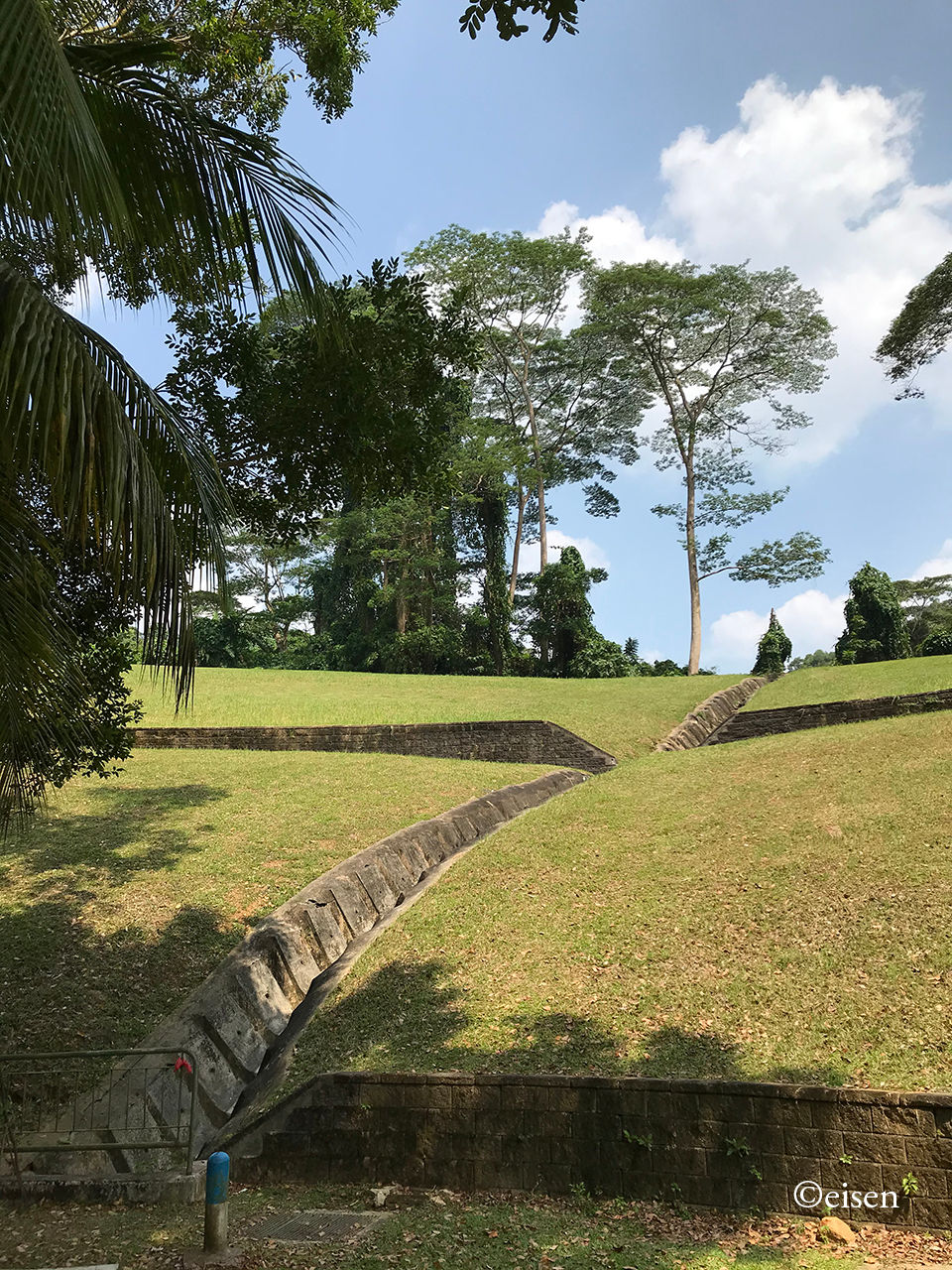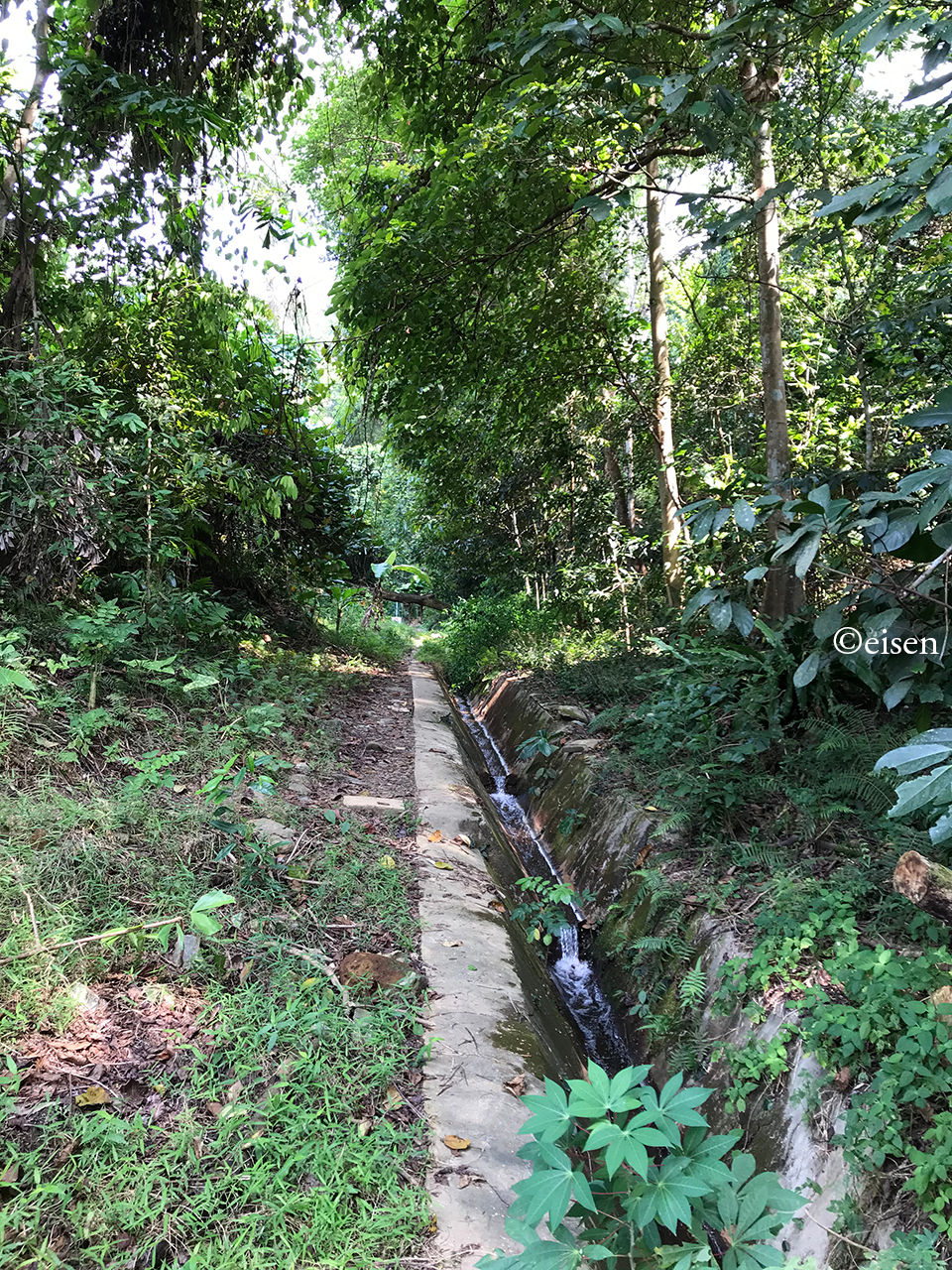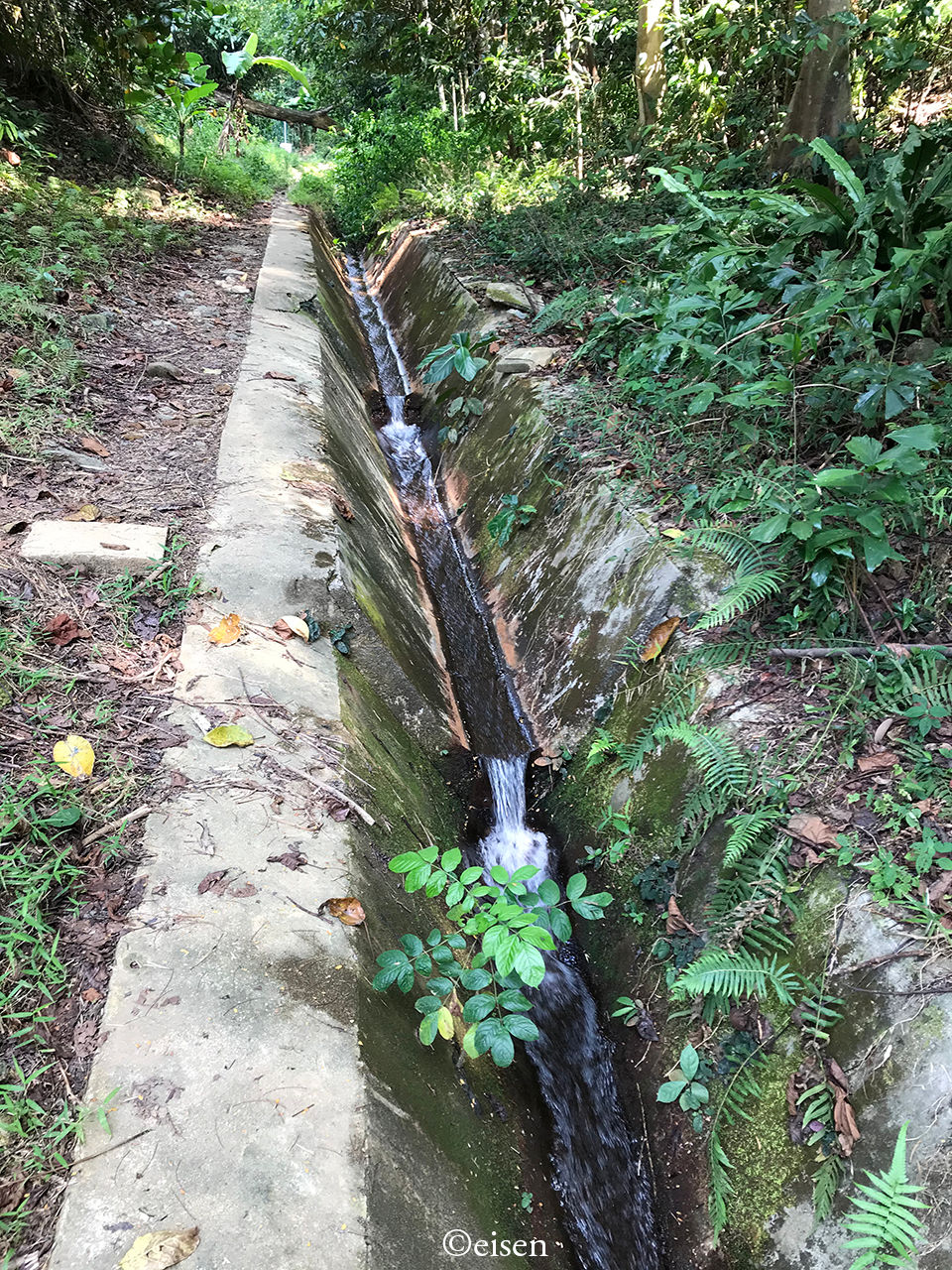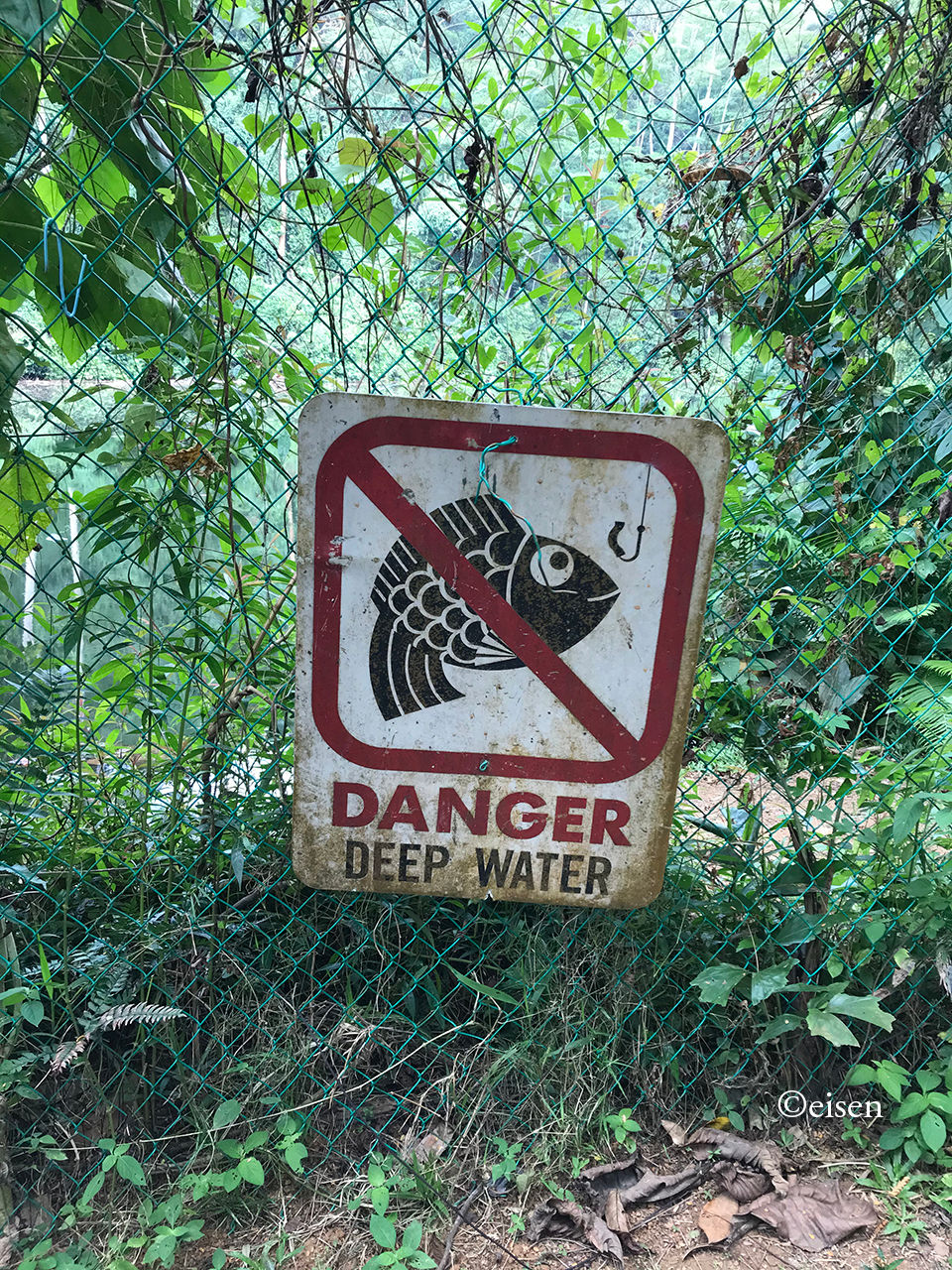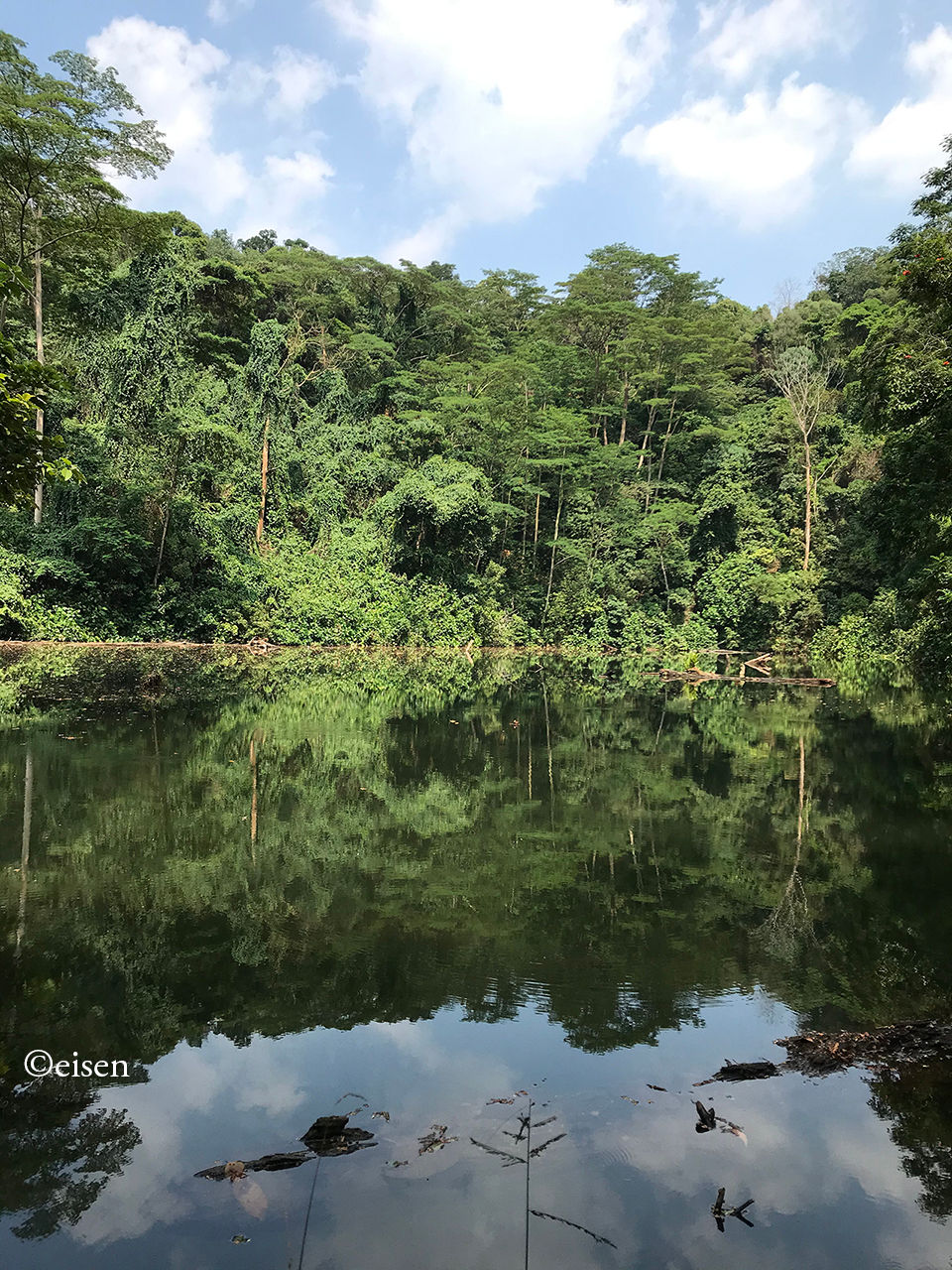- Mar 20, 2021
This is an interesting transport feature along the Pan-Island Expressway, east of the Thomson Flyover - an expressway tunnel acting as a sound barrier, just in front of Block 173 Lorong 1 Toa Payoh.

Both the block and this stretch of expressway were completed around the same time, in 1972, making them almost half a century old.
The sound barrier was constructed in the early days when 1) HDB blocks and expressways were sited very close to each other; 2) expressways ran above ground, before the land crunch was felt more acutely approaching the 21st century.
On a bus passing through the tunnel:




Since the beginning of the 21st century, expressways have moved underground. Examples include the Kallang-Paya Lebar Expressway, Marina Coastal Expressway, and the North South Corridor, to open in 2026.
I can’t think of another similar feature in Singapore. Let me know if you know of one!








